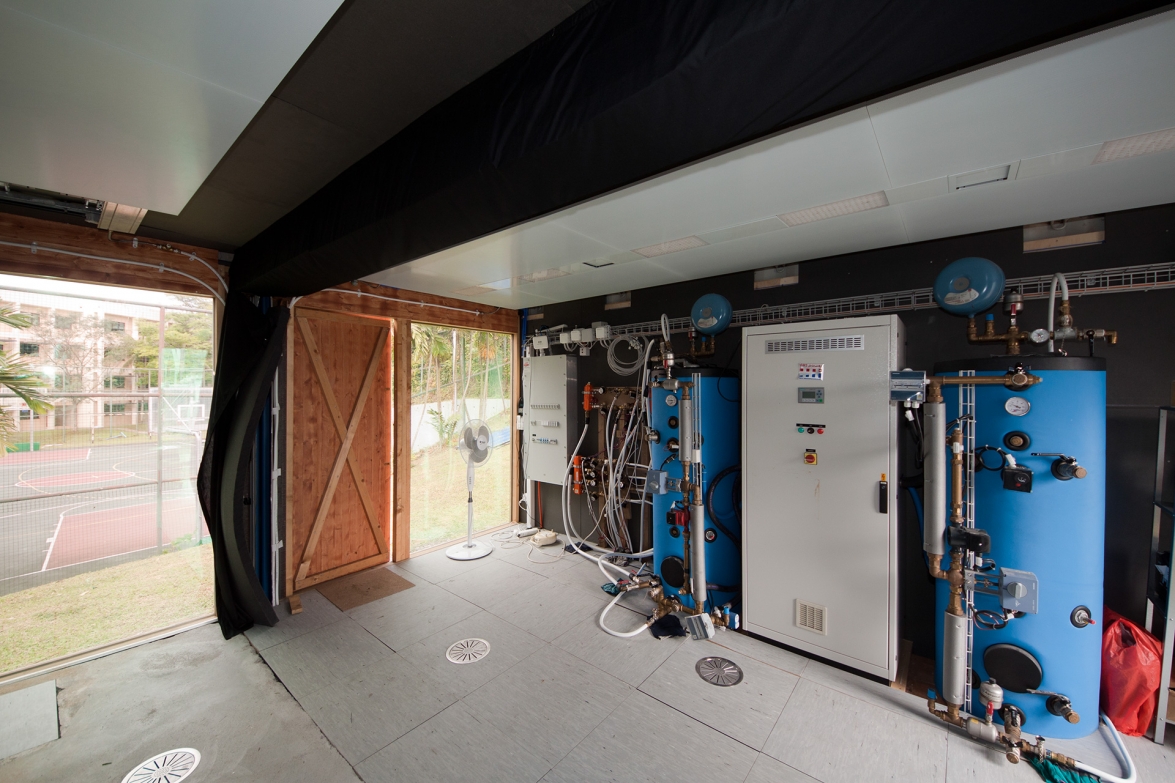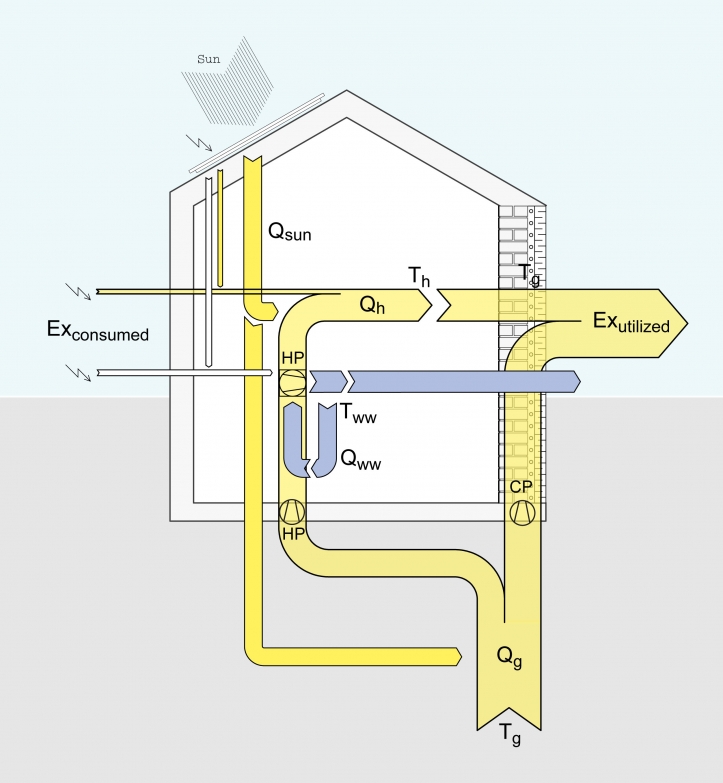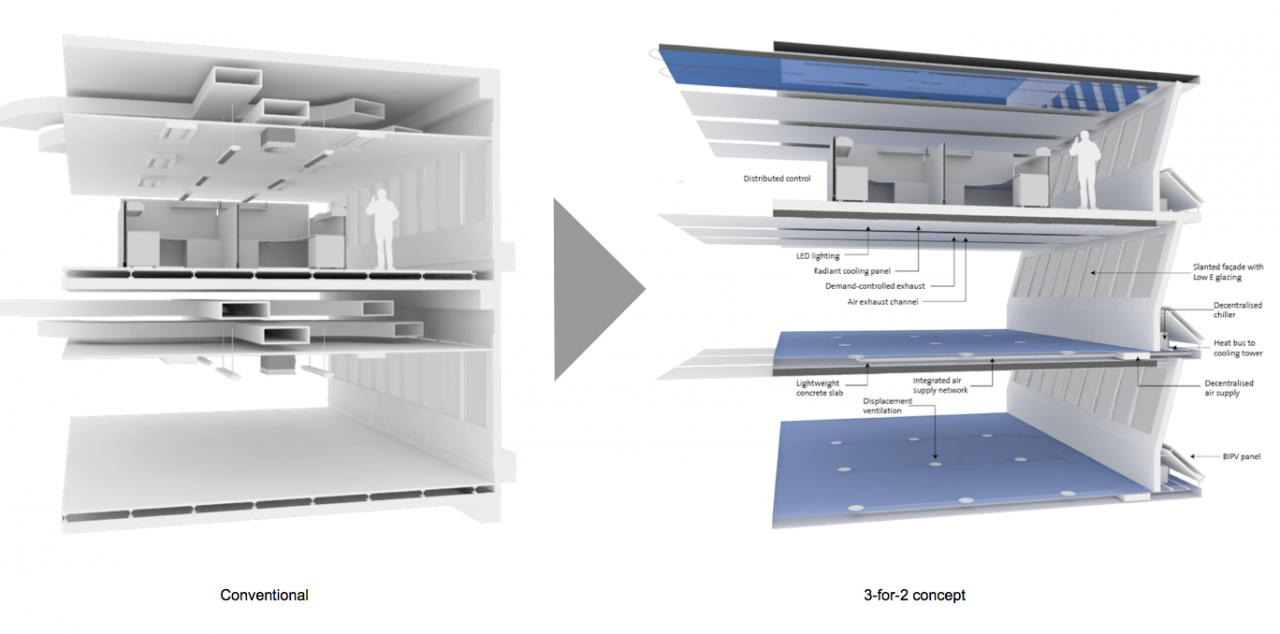Dr. Forrest Meggers
Associate Professor, Architecture; Assistant Professor, Andlinger Center for Energy and the Environment
Affiliated faculty in Civil and Environmental Engineering
Director CHAOS Lab research group: chaos.princeton.edu
Dr. sc. ETH Zurich, Dept. of Architecture, Inst. for Technology in Architecture, Building Systems
M.S., Environmental Engineering, University of Iowa
B.S.E., Mechanical Engineering, University of Iowa
LEED AP
Office: Architecture Building S-03 (basement south wing)
Email: fmeggers (at) princeton.edu
Phone: 609-258-7831
In 2013 Dr. Forrest Meggers came to Princeton jointly appointed in the School of Architecture and the new Andlinger Center for Energy and Environment. He founded and directs CHAOS (Cooling and Heating for Architecturally Optimized systems) Lab where he and his research team investigate alternative thermal paradigms to engage architecture and maximize performance. He has been awarded funding at Princeton for several "Campus as a Lab" projects and for several technology innovations. He has grants fro NSF, DOE, and ARM, and he collaborates with industry. He has several patents and founded the spinoff Hearth Labs to develop his SMART sensor technology to improve thermostats. He was previously in Singapore as Assistant Professor in the Dept. of Architecture at the National University of Singapore where he had traveled initially as a senior researcher and research module coordinator in the Singapore-ETH Centre’s Future Cities Laboratory. He has degrees from Mechanical Engineering (BSE), Environmental Engineering (MS), and Architecture (Dr sc.). His fields of knowledge include building systems design and integration; sustainable systems; renewable energy; radiant systems, desiccants, exergy analysis; geothermal; seasonal energy storage; building materials; thermodynamics and heat transfer; and heat pumps. He received his PhD in the Dept. of Architecture at the ETH Zurich. He also directed research on sustainable systems for the president of the ETH Board. Originally a native of Iowa, Forrest worked on many sustainability projects at the University of Iowa, and worked with Jim Hansen, renowned climatologist at Columbia University and director of NASA GISS, as a Researcher on US Building Stock CO2 emissions. Through all his international and research experiences he always prides himself as an Iowan and a bicycle mechanic.
Current research areas:
- Building systems thinking - linking operation of energy systems and building operation to architectural processes to facilitate more informed design (3 for 2 project, BubbleZERO, IEA EBC Annex 64)
- Radiant heating and cooling systems - Activating surfaces and geometries to add/remove heat from spaces through more effective/comfortable radiant heat transfer (Beyond Shading, Thermoheliodome, Radiant Umbrella)
- Geothermal and heat source/sink optimization - Leveraging thermal gradients in ground and other phenomena to drastically reduce the effort needed to shift heat in and out of buildings (IEA EBC Annex 64, Campus as a Lab)
- Low exergy air conditioning - Designing and studying air systems that minimize temperature gradients and exergy (utilizable energy) needed to condition air, particularly for dehumidification (Desiccant systems, Campus as a Lab)
Selected Publications/Presentations:
"Hidden Surface Effects: Radiant Temperature as an Urban and Architectural Comfort Culprit," Chapter in Future City Architecture for Optimal Living. Springer 2015. book link
"Built to Last: Addressing Issues of Longevity in the Built Environment," FuturArc, Main Feature Juyl-Aug 2014. magazine link
"Technology Invigorating Architecture." FCL Magazine. 2013(1), pp 28-37. magainze link, article link
“Low exergy building system implementation,” Energy, 2012 41(1); journal link
"Stuck in a stack," Energy and Buildings, 2014 71(March). journal link
"Reduce CO2," and "EOL, COP, PVT, TABS, and LowEx," Chapters in Re-inventing Construction. (Ruby Press, Berlin 2010); book link
“The Reference Environment: Utilizing Exergy and Anergy for Buildings,” International Journal of Exergy. 11(4) 2012; journal link
“An Innovative Use of Renewable Ground Heat for Insulation in Low Exergy Building Systems,” Energies 2012, 5(8); journal link
“The Hidden Potential: through green building to sustainable nation” at the launch of the Green Building Council Indonesia in Jakarta, and has served on several committees for the USGBC.










